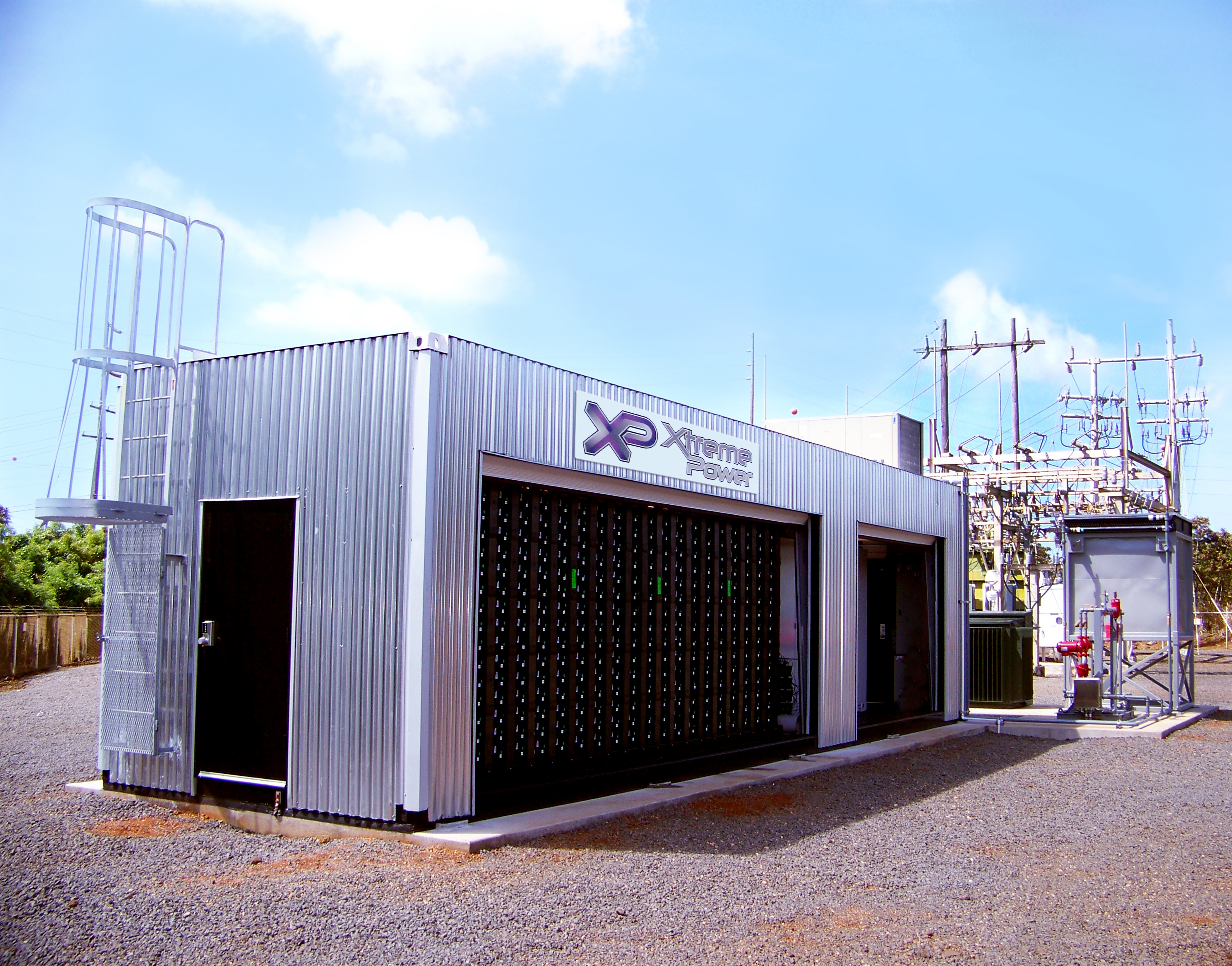Will 2017 be the “Year of Solar Storage?”
This week, Kaua’i Island Electric Cooperative announced that it will be purchasing 11% of its generation from a new solar plus storage facility, below the cost of its current fossil fuel-powered generation. This is huge news, even in spite of the fact that Kaua’i is one of the nation’s most expensive energy markets. As storage prices start to come down, “low hanging fruit” like Kaua’i will be the first to be picked by solar + storage developers.
AES Distributed Energy, a unit of AES Corp., announced on January 10th that they will be executing a power purchase agreement (PPA) for Kaua’i Island Electric Cooperative to provide a 28 MW solar array, coupled with a 20 MW, 100 MWh battery system to deliver baseload generation to the Hawaiian island.
The key to this project’s economic viability is the fact that the island has no access to conventional electrical generation other than diesel generators fired with millions of gallons of fuel that has to be shipped in. According to Utility Dive, not only are the costs of both solar-plus-storage facilities below the cost of fossil fuel to power the island, they often beat the cost of the fuel alone. According to co-op documents, KIUC has paid between $0.122/kWh and $0.18/kWh in just fuel and commodity costs since Dec. 2014, with Nov. 2016 costs coming in above $0.15/kWh. In 2015, KIUC’s average residential electric rates were $0.323/kWh. Needless to say, it is not hard for solar to dominate in this market, and the island has been known to reach renewable energy penetrations of above 90% during peak wind and solar generating hours.
“Energy from the project will be priced at 11 cents per kWh and will provide 11 percent of Kauaʻi’s electric generation, increasing KIUC’s renewable sourced generation to well over 50 percent,” said KIUC president and CEO David Bissell. “The project delivers power to the island’s electrical grid at significantly less than the current cost of oil-fired power and should help stabilize and even reduce electric rates to KIUC’s members. It is remarkable that we are able to obtain fixed pricing for dispatchable solar-based renewable energy, backed by a significant battery system, at about half the cost of what a basic direct to grid solar project cost a few years ago.”
The Kauaʻi project is just a preview of what is to come in the realm of solar + storage in the years to come. 2017 could very well be the breakthrough year for storage for a number of reasons.
“Climate change concerns, government initiatives including renewable portfolio standards, and consumer efforts are resulting in increased deployment of solar and wind resources,” said Swati Gupta, GlobalData’s Analyst covering Power. “However, the variability of solar and wind power makes it hard for electricity providers to integrate them into the electricity grid. To achieve this, BESS (battery energy storage systems) are being installed into electricity grids to make the power supply from renewable energy sources smoother and more reliable.”
The US currently has the largest BESS market, valued at over $750 million in 2015, and is expected to continue to lead through 2020, with its market value reaching an impressive estimated $1.7 billion by 2020.
“The US market for energy storage has so far been focused on frequency regulation – in other words, storage to balance out swift, short-term variation in power output,” added Gupta. “The country’s BESS market will expand as renewables continue to penetrate the power market.”
GlobalData’s latest report, Grid Connected Battery Energy Storage System — Market Size, Competitive Landscape, Key Country Analysis and Forecasts to 2020, points out that the introduction of BESS will resolve many of the common criticisms of renewable energy as a replacement for baseload generation.
It’s not just traditional solar companies that are looking to get into the energy storage market, either. Green Tech Media reported that there will be a lot of high-powered players coming onto the field, including Lockheed Martin, Caterpillar and Mercedes-Benz. That is a lot of big money and serious technical prowess that is going to come to bear on the rapid development and deployment of new storage systems.
Meanwhile, Tesla announced that production of its “2170” lithium-ion cells that will be used in Tesla’s Powerwall 2 and Powerpack 2 energy products are rolling off the line as of this month. Model 3 cell production will follow in Q2 and by 2018, the Gigafactory will produce 35 GWh/year of lithium-ion battery cells, nearly as much as the rest of the entire world’s battery production combined.





